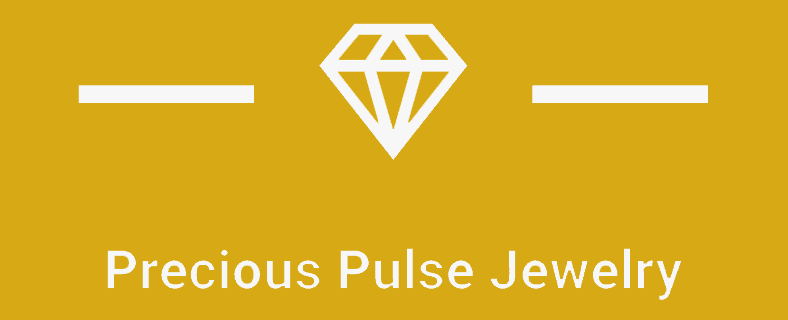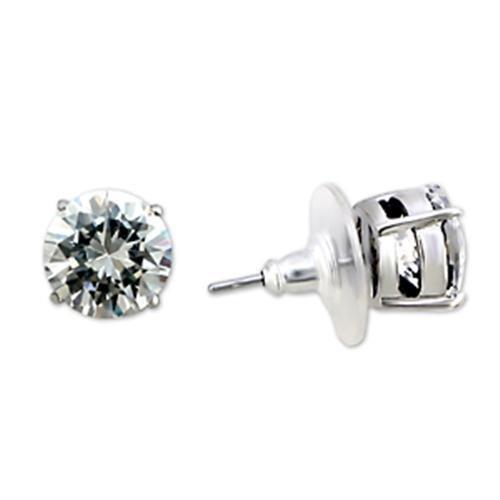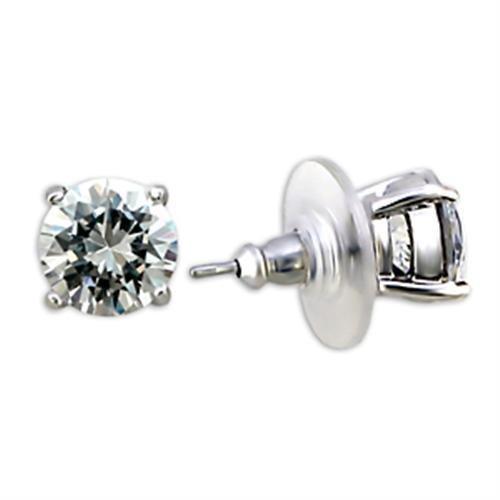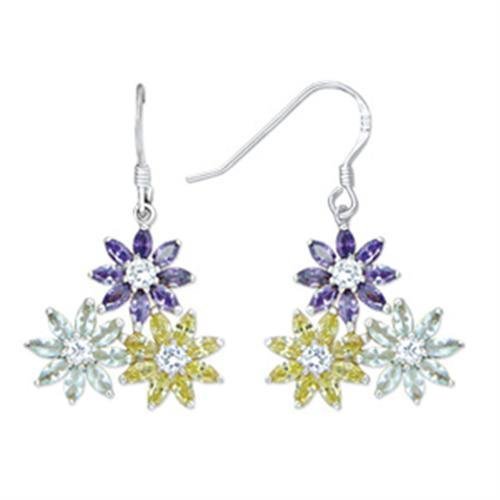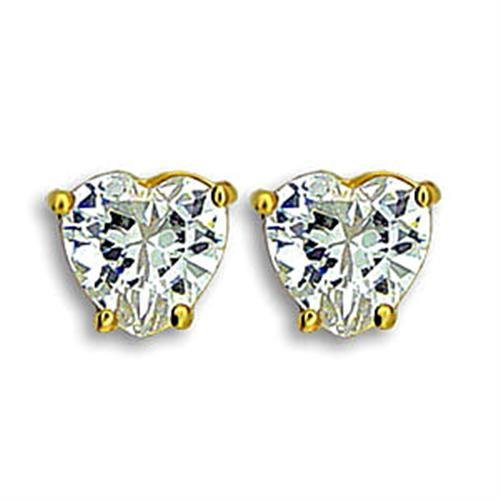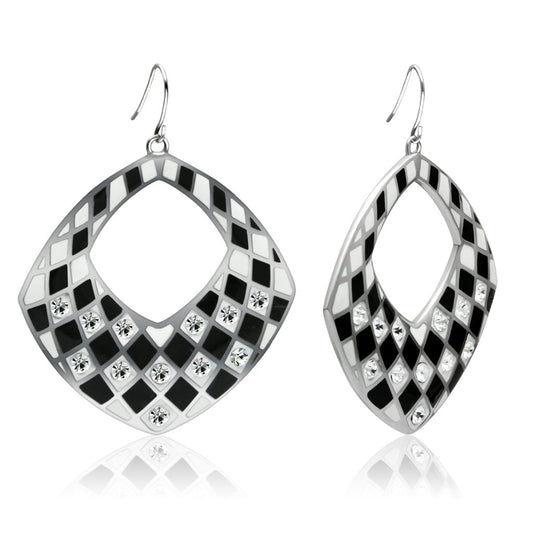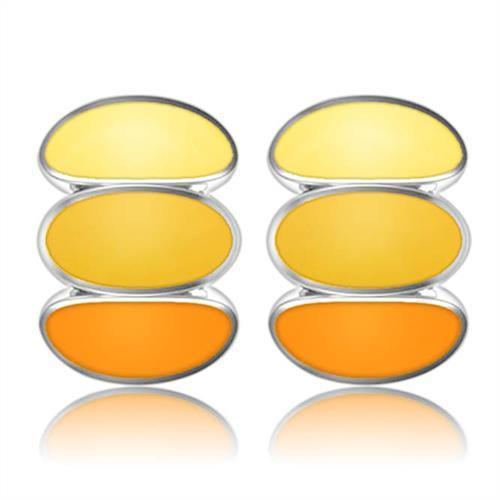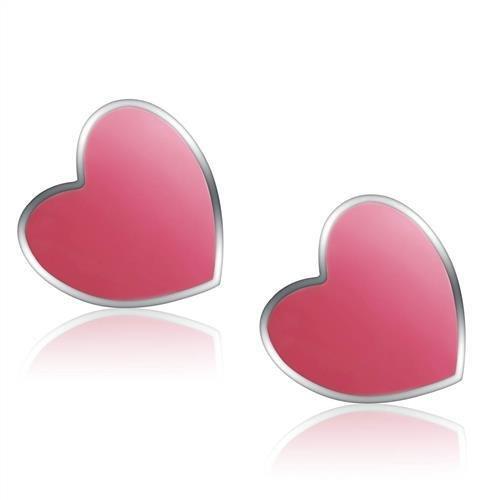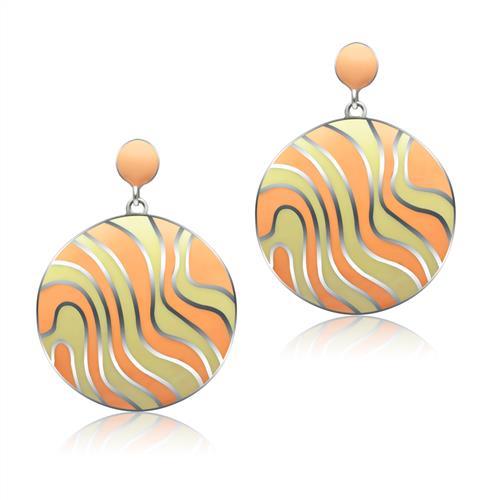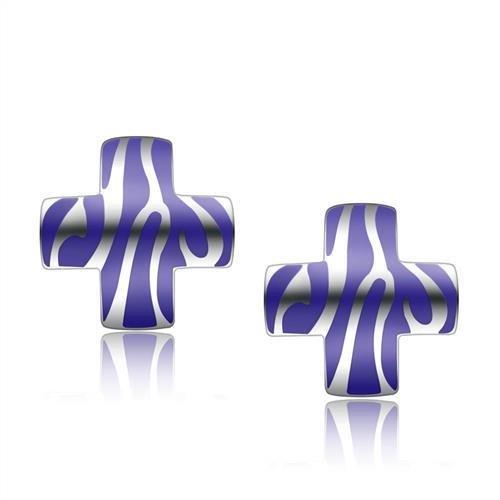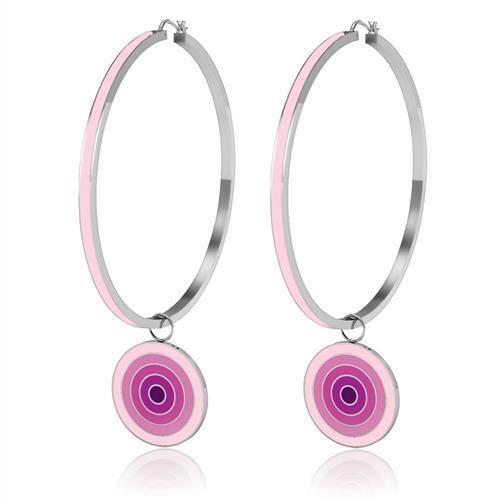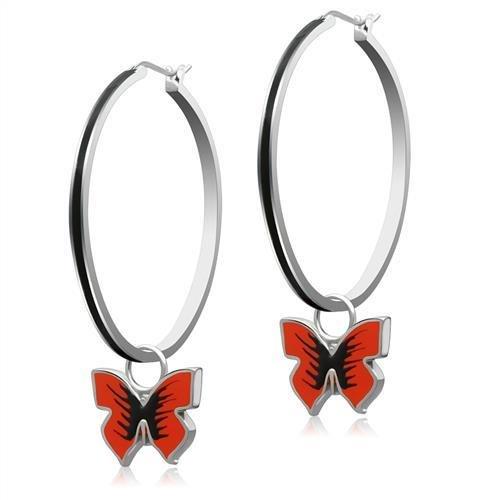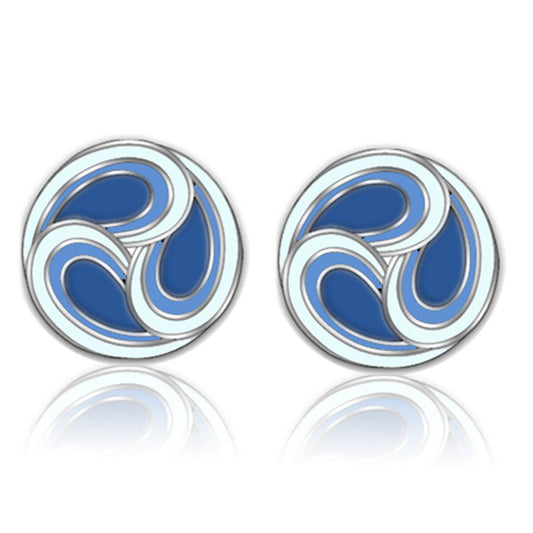Choosing the perfect engagement ring can be a daunting task, with numerous factors to consider. From the number of diamonds to their size, quality, and setting, each aspect plays a crucial role in creating a symbol of love that will last a lifetime. This article delves into the recommended number of diamonds for an engagement ring, exploring various options and considerations to help you make an informed decision.
Table of Contents
- Summary
- Understanding Diamond Engagement Rings
- Diamond Shapes and Their Appeal
- Choosing the Right Setting
- Balancing Personal Preferences and Budget
- Trends and Preferences in Engagement Rings
- Considering Diamond Quality and Characteristics
- Considering Personal Preferences and Long-Term Wearability
- Customization Options for a Unique Touch
- Making the Final Decision
- Conclusion
- FAQ
Summary
- Average Carat Size: Understand the typical carat sizes preferred in different regions (UK: 0.6 carats, USA: 1 carat, Europe: 0.5 carats).
- Diamond Quality: Learn about the Four Cs (Cut, Color, Clarity, Carat) and their impact on diamond selection.
- Diamond Shapes and Cuts: Discover popular diamond shapes such as round, oval, princess, and more.
- Setting Options: Explore different settings like solitaire, halo, and 3-stone rings.
- Personal and Budget Considerations: Balance personal preferences and budget constraints to find the ideal ring.
- Trends and Preferences: Stay informed about current engagement ring trends and cultural variations.
Understanding Diamond Engagement Rings
The Average Carat Size
When selecting a diamond engagement ring, the carat size is one of the primary considerations. The average carat size can vary significantly based on geographical location:
- UK: The average carat size is approximately 0.6 carats.
- USA: Typically, engagement rings feature diamonds around 1 carat.
- Europe: The average is slightly lower, at about 0.5 carats.
These averages provide a benchmark, but personal preference and budget will ultimately guide your choice.
The Four Cs of Diamond Quality
The Four Cs are critical in determining the quality and value of a diamond:
- Cut: The cut of a diamond affects its brilliance. An ideal cut maximizes light reflection, while a poor cut can make a diamond appear dull.
- Color: Diamonds range from colorless (D) to near colorless (G, H) and further down the scale.
- Clarity: This measures the presence of inclusions. From FL (Flawless) to I (Included), clarity significantly impacts the diamond’s appearance.
- Carat Weight: Larger diamonds are rare and more expensive, but size should be balanced with quality.
Diamond Shapes and Their Appeal
The shape of a diamond can dramatically influence the overall look of the ring. Popular shapes include:
- Round: Known for maximum brilliance and traditional appeal.
- Oval: Offers a unique and elongated appearance.
- Princess: A square cut that combines modern style with excellent sparkle.
- Emerald: Features a rectangular shape with step cuts, providing a sophisticated look.
- Pear: A teardrop shape that is both elegant and distinctive.
- Marquise: An elongated shape that can make the diamond appear larger than its carat weight.
Each shape has its unique characteristics and appeal, catering to different tastes and styles.
Choosing the Right Setting
The setting of the engagement ring can enhance the appearance of the diamond(s) and reflect personal style. Common settings include:
- Solitaire: A classic choice that highlights a single diamond.
- Halo Setting: Surrounds the center stone with smaller diamonds, adding extra sparkle.
- 3-Stone Ring: Symbolizes the past, present, and future with three diamonds.
Each setting has its advantages, and the choice often depends on the desired aesthetic and the wearer's lifestyle.
Balancing Personal Preferences and Budget
Finding the right engagement ring involves balancing personal preferences with budget considerations. It's important to:
- Spend Within Budget: Determine a comfortable budget and stick to it.
- Consider Financing Options: Some jewelers offer financing to help manage the cost.
- Size vs. Quality Compromise: Decide whether to prioritize carat size or diamond quality.
Personal preferences, such as hand shape and finger size, should also guide the selection process, ensuring the ring complements the wearer perfectly.
"The perfect engagement ring is not just about the number of diamonds, but how each element harmonizes to create a timeless symbol of love."
Trends and Preferences in Engagement Rings
Engagement ring trends evolve, influenced by cultural variations and changing tastes. Current trends include:
- Custom Designs: Many couples prefer customized rings that reflect their unique love story.
- Ethical Diamonds: There's a growing interest in ethically sourced and sustainable diamonds.
- Vintage Styles: Vintage and heirloom-inspired designs are making a comeback.
Staying informed about these trends can help you choose a ring that feels both timeless and contemporary.
Considering Diamond Quality and Characteristics
When choosing an engagement ring, it’s essential to dive deeper into the Four Cs. These characteristics not only determine the diamond's beauty but also its value.
Diamond Cut: The Key to Brilliance
The cut of a diamond significantly influences its sparkle and brilliance. An ideal cut reflects most light entering the diamond, resulting in exceptional sparkle. In contrast, a poor cut can cause light to escape from the sides or bottom, reducing the diamond’s brilliance.
To help you understand this better:
- Ideal Cut: Maximizes brilliance and sparkle.
- Very Good Cut: Nearly as brilliant as the ideal cut but at a lower price.
- Good Cut: Offers good quality and value for money.
- Fair and Poor Cut: Less brilliant and usually less expensive.
When selecting a diamond, prioritize cut quality to ensure the ring radiates with brilliance.
Understanding Diamond Clarity
Diamond clarity is a measure of the imperfections (inclusions) within a diamond. Clarity grades range from FL (Flawless) to I (Included). Here’s a quick guide:
- FL (Flawless): No inclusions or blemishes visible under 10x magnification.
- IF (Internally Flawless): No internal inclusions; only minor surface blemishes.
- VVS1, VVS2 (Very, Very Slightly Included): Inclusions are extremely difficult to see.
- VS1, VS2 (Very Slightly Included): Inclusions are noticeable only under 10x magnification.
- SI1, SI2 (Slightly Included): Inclusions are visible under magnification and may be seen with the naked eye.
- I1, I2 (Included): Inclusions are obvious and may affect the diamond’s brilliance.
For most buyers, VS1 and VS2 offer a great balance between clarity and cost.
Exploring Diamond Color
The color of a diamond is graded from D (colorless) to Z (light yellow or brown). Colorless diamonds (D-F) are the rarest and most valuable, while near colorless diamonds (G-J) offer excellent value and appear colorless to the untrained eye. Here’s a breakdown:
- Colorless (D-F): Exceptional quality, no color visible.
- Near Colorless (G-J): Slight color, difficult to detect without comparison.
- Faint Yellow (K-M): Noticeable color, especially in larger stones.
Choosing a diamond in the near colorless range (G-H) often provides the best value.
Budget Considerations and Financing Options
Budget is a significant factor when purchasing an engagement ring. It’s important to set a realistic budget and explore options within that range. Here are some tips:
- Spend Within Budget: Determine your budget before shopping to avoid overspending.
- Financing Options: Many jewelers, including Precious Pulse Jewelry, offer financing plans to make purchasing easier.
- Size vs. Quality Compromise: Decide whether to prioritize carat size or the quality of the diamond.
Balancing these considerations will help you find a beautiful ring without financial strain.
The Influence of Diamond Shape
The shape of the diamond can dramatically affect the overall appearance of the ring. Popular shapes include:
- Round: Known for its brilliance and classic appeal.
- Oval: Offers an elegant and elongated look.
- Asscher: A square shape with step cuts, offering a vintage feel.
- Princess: A modern, square cut that’s highly brilliant.
- Emerald: Rectangular with step cuts, known for its sophisticated style.
- Pear: Combines a round and marquise shape, creating a unique teardrop look.
- Marquise: An elongated shape that maximizes carat weight, making the diamond appear larger.
Each shape has unique characteristics and suits different tastes and styles.
Considering Personal Preferences and Long-Term Wearability
The engagement ring should reflect personal preferences and be comfortable for daily wear. Consider the following:
- Hand Shape and Finger Size: Certain shapes and settings may look more flattering on different hand shapes and finger sizes.
- Jewelry Preferences: Align the ring style with the recipient’s overall jewelry style and preferences.
- Long-Term Wearability: Choose a durable setting and diamond that can withstand everyday wear.
For a range of elegant and versatile options, explore our necklaces collection.
"An engagement ring is not just a piece of jewelry; it’s a reflection of your love and commitment."
Customization Options for a Unique Touch
Customization options allow you to create a one-of-a-kind engagement ring that perfectly represents your relationship. Options include:
- Custom Settings: Design a unique setting that suits the wearer’s style.
- Engravings: Add a personal message or significant date inside the band.
- Unique Diamond Choices: Choose colored diamonds or unique shapes for a distinctive look.
Customization ensures that your engagement ring is truly special and personalized.
Making the Final Decision
After considering all these factors, you’re ready to make an informed and confident decision. Here’s a final checklist to guide you:
- Understand the Four Cs: Ensure you’re familiar with the cut, color, clarity, and carat weight of diamonds.
- Explore Different Shapes and Settings: Choose a diamond shape and setting that reflect personal style and preferences.
- Balance Quality and Budget: Find the right balance between diamond quality and your budget.
- Consider Long-Term Wearability: Select a durable and comfortable ring that suits daily wear.
- Personalize for Emotional Significance: Add personal touches to make the ring uniquely meaningful.
For a wide range of options and inspirations, visit our rings collection.
"Ultimately, the perfect engagement ring is one that captures the essence of your love and stands the test of time."
Conclusion
Choosing the recommended number of diamonds for an engagement ring involves careful consideration of various factors, including diamond quality, shape, setting, budget, and personal preferences. By understanding the Four Cs, exploring current trends and cultural variations, and prioritizing emotional significance and long-term wearability, you can select a ring that is not only beautiful but also a lasting symbol of your love.
For further assistance and to explore a variety of exquisite jewelry options, visit Precious Pulse Jewelry. Whether you're looking for bracelets, earrings, or the perfect engagement ring, we have something special for every occasion.
FAQ
1. How many diamonds should be in an engagement ring?
- The number of diamonds in an engagement ring varies based on personal preference and style. Traditional choices include single-diamond (solitaire) rings, 3-stone rings, and halo settings with multiple smaller diamonds.
2. Are multiple diamonds more expensive than a single diamond?
- Not necessarily. The cost depends on the total carat weight, quality of the diamonds, and the complexity of the setting. A ring with several smaller diamonds might be less expensive than one with a single large diamond of equivalent carat weight.
3. Do multiple diamonds affect the durability of the ring?
- Properly set, multiple diamonds should not affect the ring's durability. However, settings with multiple diamonds, like pavé or halo, may require more maintenance to ensure all stones remain secure.
4. What are the advantages of having multiple diamonds in an engagement ring?
- Multiple diamonds can enhance the ring's sparkle and overall appearance. They can also symbolize different aspects of your relationship, such as past, present, and future in a 3-stone ring.
5. Can I customize the number of diamonds in my engagement ring?
- Yes, customization options are available. You can choose the number of diamonds, their arrangement, and even include unique gemstones or design elements to create a personalized ring.
6. What is the significance of a single diamond in an engagement ring?
- A single diamond, or solitaire, is a classic choice symbolizing the purity and unity of a couple’s love. It focuses on the beauty of a single, high-quality stone.
7. How do I choose between a solitaire and a multi-diamond ring?
- Consider personal style, symbolism, and the level of sparkle you desire. Solitaires are timeless and elegant, while multi-diamond rings offer more brilliance and can be more visually intricate.
8. Are there any cultural or symbolic meanings associated with the number of diamonds in an engagement ring?
- Yes, cultural and symbolic meanings can influence the design. For example, 3-stone rings symbolize the past, present, and future, while some cultures may favor rings with multiple smaller diamonds for added sparkle and significance.
9. How should I care for an engagement ring with multiple diamonds?
- Regular cleaning and professional inspections are recommended to ensure all diamonds remain secure. Avoid harsh chemicals and consider purchasing insurance to protect against loss or damage.
10. Can the number of diamonds in an engagement ring affect its resale value?
- The resale value is primarily influenced by the overall quality and condition of the diamonds and the ring. A well-maintained ring with multiple high-quality diamonds can retain its value, but unique or highly customized designs may have a more niche market.
For more details and to explore our selection of engagement rings, visit our rings collection.
